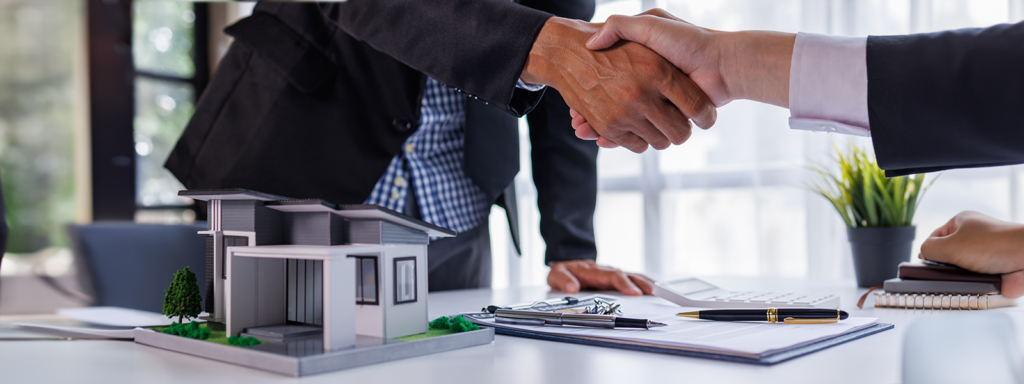In recent years, sustainability has emerged as a key factor in the evolution of real estate markets globally, and Australia is no exception. As environmental concerns gain prominence, Australian real estate developers are increasingly focusing on sustainable and eco-friendly projects. This shift reflects a broader commitment to reducing carbon footprints, conserving resources, and promoting eco-conscious living. This blog post delves into the rise of sustainable real estate in Australia, exploring key trends, innovations, and examples of eco-friendly developments across the country.
The Growing Importance of Sustainability in Australian Real Estate
Australia’s real estate market is experiencing a notable transformation as sustainability becomes a central theme in property development. With growing awareness about climate change and environmental impact, both consumers and developers are prioritizing eco-friendly practices. This shift is driven by several factors, including government policies, consumer preferences, and the increasing availability of green technologies.
Government policies in Australia have played a crucial role in promoting sustainable real estate. The Australian government has introduced various initiatives and regulations aimed at enhancing the environmental performance of buildings. For instance, the National Construction Code includes provisions for energy efficiency, and the Green Building Council of Australia offers rating tools like the Green Star to evaluate the sustainability of building projects.
Consumers are also becoming more conscious of their environmental impact, demanding greener living spaces. This shift in consumer preference has prompted developers to integrate sustainable practices into their projects. Features such as energy-efficient appliances, water-saving fixtures, and sustainable building materials are increasingly common in new developments.
Innovations in Sustainable Building Practices
Australian developers are at the forefront of incorporating innovative technologies and practices into their projects to enhance sustainability. One notable trend is the use of advanced building materials that offer improved energy efficiency and reduced environmental impact. For example, the adoption of recycled materials and low-emission products helps minimize the carbon footprint of construction.
Another significant innovation is the integration of renewable energy sources. Solar panels, wind turbines, and geothermal systems are becoming standard in many Australian developments. These technologies not only reduce reliance on non-renewable energy but also offer long-term cost savings for residents.
Green roofs and walls are also gaining popularity in Australian real estate. These features not only enhance the aesthetic appeal of buildings but also provide additional insulation, reduce heat island effects, and promote biodiversity. Additionally, rainwater harvesting systems are being incorporated to manage water resources more effectively and reduce the demand on municipal water supplies.

Prominent Examples of Eco-Friendly Developments
Several Australian cities are showcasing impressive examples of sustainable real estate developments. In Melbourne, the Council House 2 (CH2) building stands out as a model of eco-friendly design. It features a range of sustainable elements, including energy-efficient lighting, a green roof, and a water recycling system. CH2 has set a benchmark for environmentally responsible urban development in Australia.
Sydney’s Barangaroo development is another notable example. This ambitious project aims to create a sustainable, mixed-use precinct with a strong focus on environmental performance. Barangaroo includes initiatives such as the use of recycled materials, energy-efficient design, and extensive green spaces. The development has achieved a high Green Star rating and serves as a testament to the potential of sustainable urban planning.
In Brisbane, the South Bank development exemplifies a commitment to eco-friendly practices. This project integrates sustainable features such as energy-efficient building systems, green roofs, and rainwater harvesting. The emphasis on sustainability aligns with Brisbane’s broader goals of enhancing environmental resilience and promoting green living.
Australian Topical Sites and Their Role in Sustainability
Topical sites across Australia play a significant role in promoting and supporting sustainable real estate practices. These sites include environmental organizations, research institutions, and industry bodies that focus on sustainability and eco-friendly development.
For instance, local councils and state governments often collaborate with environmental groups to implement sustainable building guidelines and standards. Research institutions conduct studies on the latest green technologies and practices, providing valuable insights for developers and policymakers.
Community engagement is also crucial in advancing sustainable real estate. Local initiatives and grassroots organizations often advocate for green practices and raise awareness about the benefits of eco-friendly living. These efforts contribute to a culture of sustainability that influences both developers and consumers.
The Future of Sustainable Real Estate in Australia
As Australia continues to grapple with the challenges of climate change and resource management, the demand for sustainable real estate is expected to grow. Developers will need to stay abreast of emerging technologies and practices to meet evolving standards and consumer expectations.
The integration of sustainable practices into real estate development is not just a trend but a necessary shift toward a more resilient and eco-conscious future. By embracing innovative solutions and prioritizing environmental stewardship, Australian developers can lead the way in creating sustainable living spaces that benefit both people and the planet.